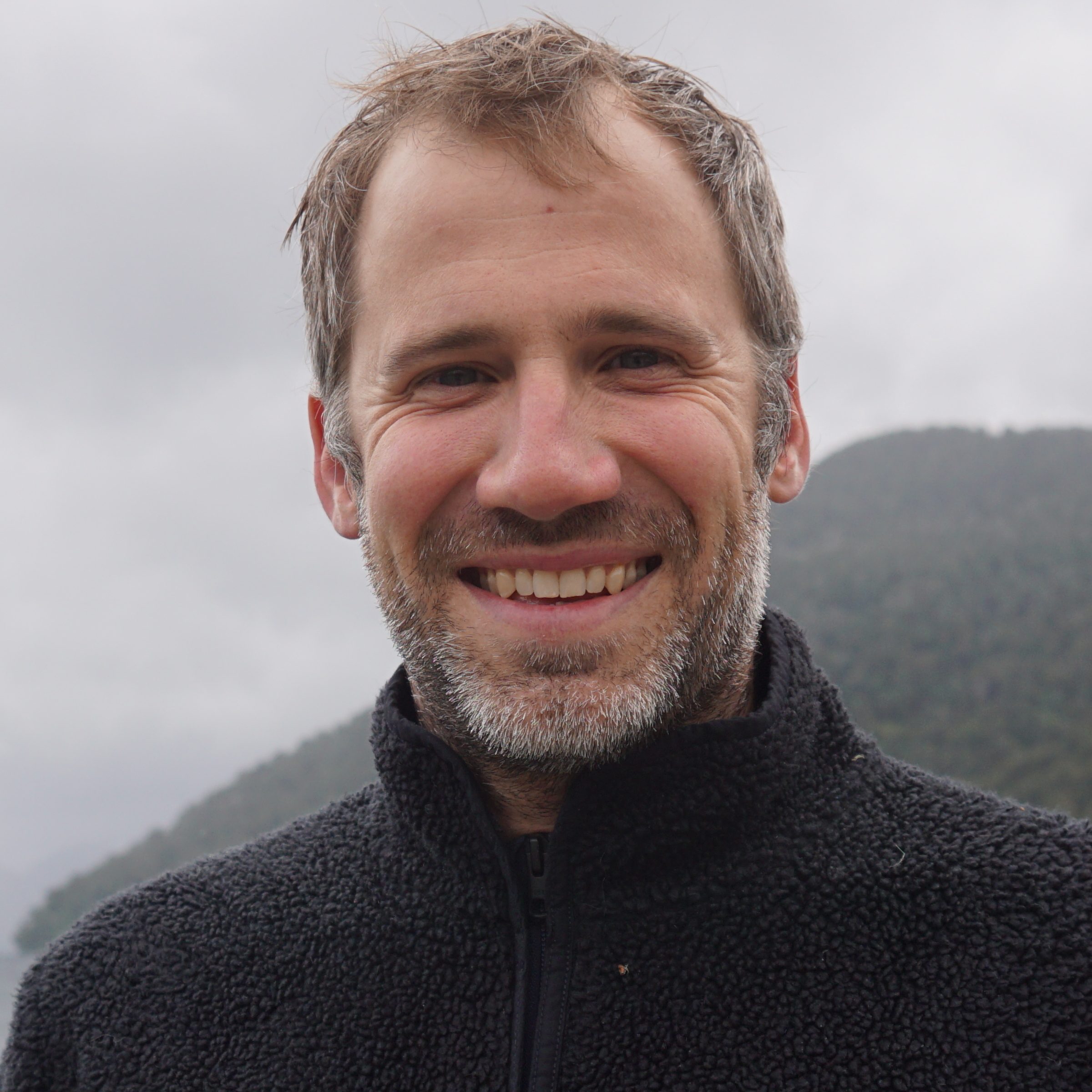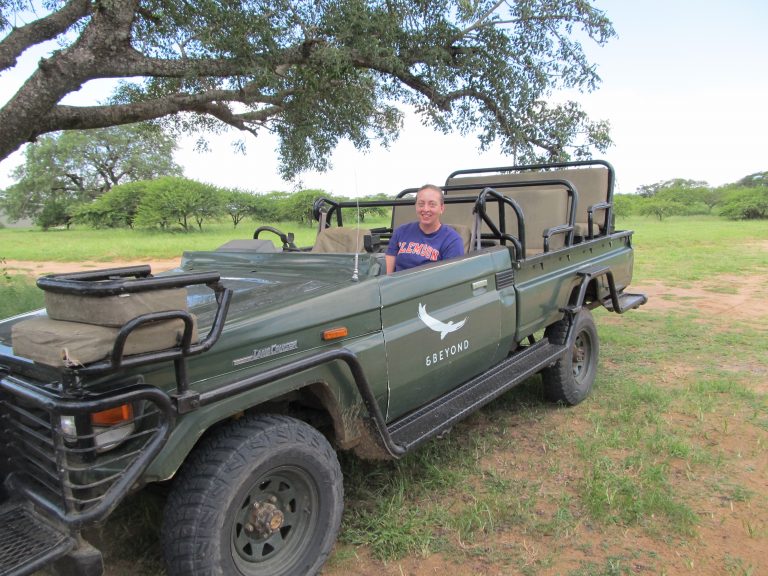Yellowstone National Park and Grand Teton National Park lie at the core of the Greater Yellowstone Ecosystem (GYE), one of the world’s largest nearly intact temperate-zone ecosystems and a globally significant model for natural resource management. Over the past half-century, the GYE has played a major role in the introduction, evolution, and popularization of the ecosystem concept, and in its application through the paradigms of ecosystem management and large-scale conservation. The GYE concept implies that the integrity of core protected areas depends on a larger landscape encompassing multiple-use federal, state, and private lands, making coordination essential to maintaining the larger ecosystem.
This paper brings together insights from several fields, including environmental history, ecology, economics, human geography, and law, to identify the necessary conditions for a successful expansion of private-lands conservation in the GYE. This research references PERC’s work on developing tools to incentivize private landowners to conserve wildlife and habitat such as our forthcoming brucellosis compensation fund and elk occupancy agreements.









